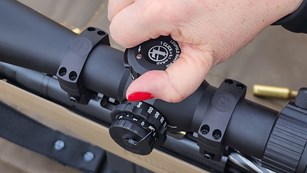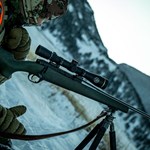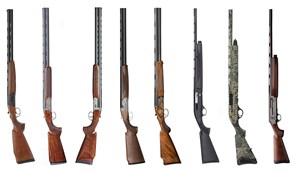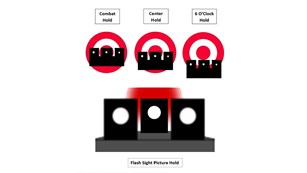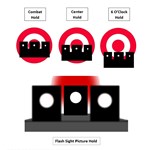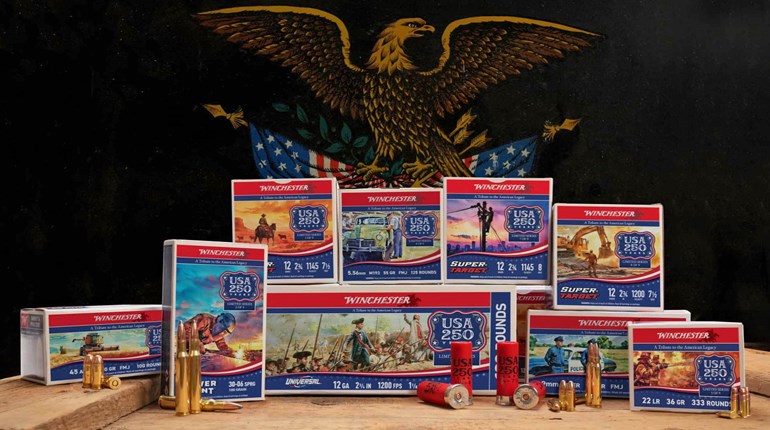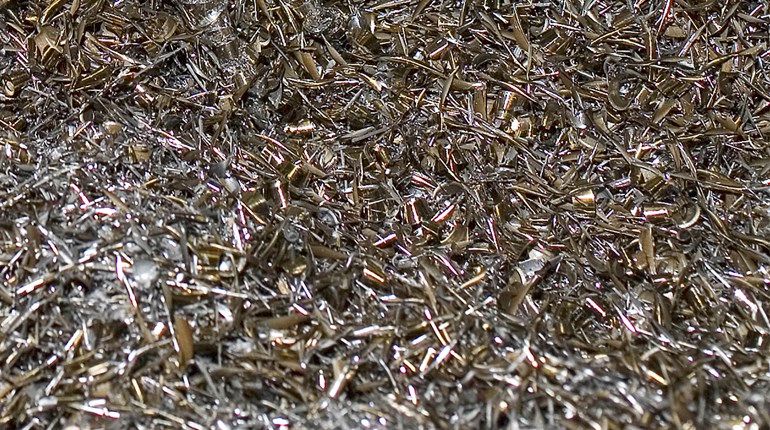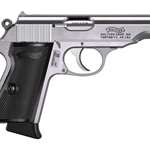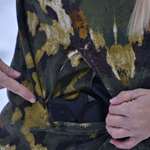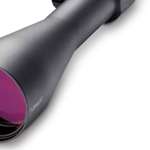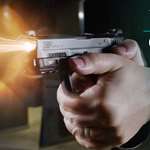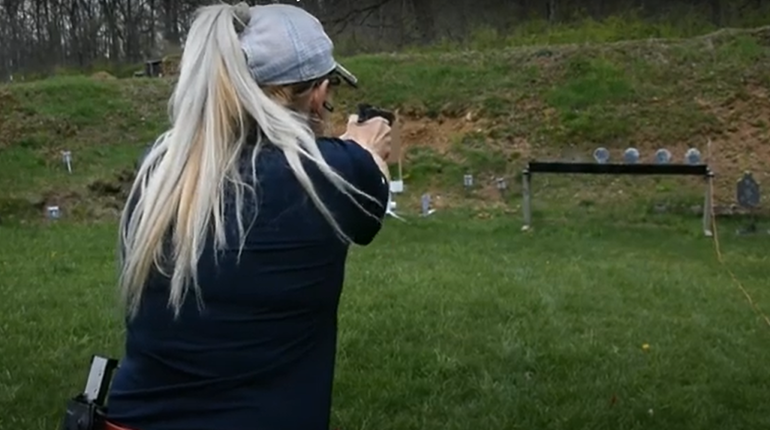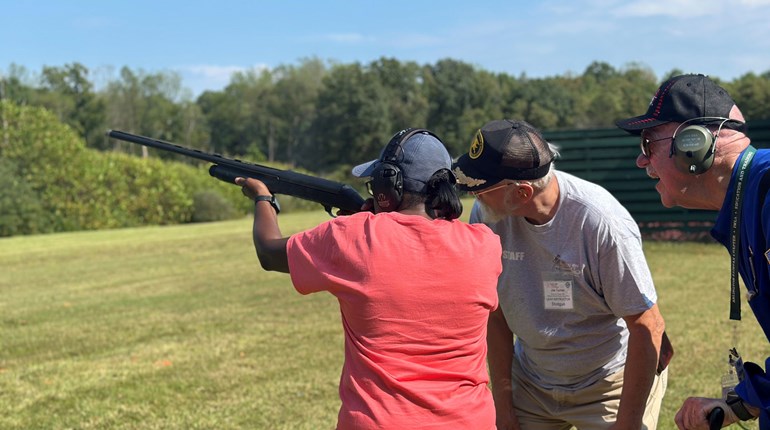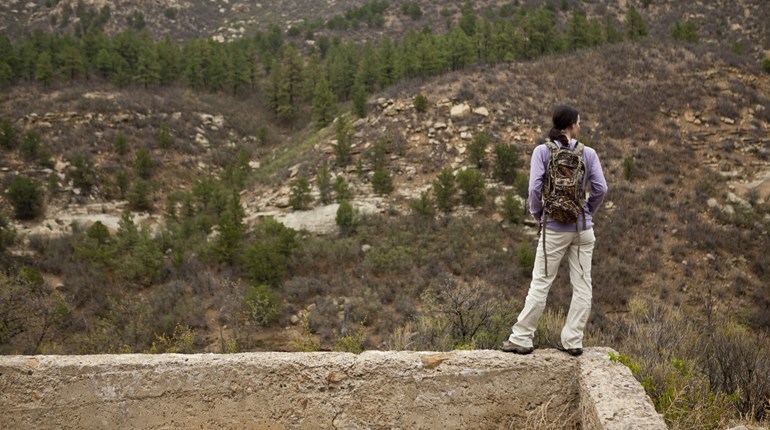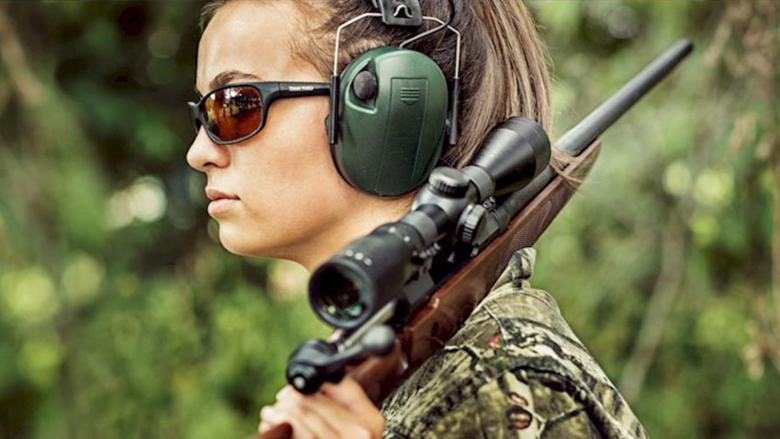
It seems that the longer that I teach NRA firearms courses, the more firearms and ammunition vocabulary I am learning. It does not matter if you are a firearms instructor, competitive shooter, or just a weekend shooting enthusiast visiting the range, it is important to learn and use the correct terminology when referring to firearms, ammunition and their components.
The importance of using the correct terminology is re-enforced in every NRA Firearms Training course. Five of these terms are: parent cartridge, wildcat cartridge, identical cartridges, interchangeable cartridges, and replacement cartridges.

Parent Cartridges
Most of the cartridges that we shoot today are derived from a parent cartridge, or the original cartridge from which new cartridges are created. Some offspring of parent cartridges end up creating a whole new family of rounds for a specific need, or to fill a void. These new families could include a series of small calibers for varmint hunting to giving rise to a new collection of large game ammunition.
Creating a new caliber from a parent cartridge is not always easy. This is done by taking an existing cartridge and modifying it. This modification could include “necking up” or “necking down” the original case. Other types of modifications might be shortening the overall case length and/or changing the angle of the shoulder of the cartridge case.
A great example of this process can be seen examining the parent case, .30-06 Sprg. Two very popular cartridges, the .270 Win. (right) and the .25-06 Rem, were created by necking down a .30-06 Sprg. Also, the 35 Whelen cartridge was created from the same .30-06 Sprg cartridge by necking up the case. Sometimes a wildcat cartridge is designed to comply with new conservation laws.
Wildcat Cartridges
Wildcat cartridges are custom made ammunition that have not been standardized. These non-standardized cartridges are usually made by avid reloaders or even in the research and development departments of firearm or ammunition manufacturers. Many of the most popular cartridges that have been created, started out in someone’s garage!
Wildcat cartridges are created to fill a need or void that existing cartridges might have. Many times, these needs include higher pressures, a faster muzzle velocity, or having a flatter trajectory.
Many shooters are surprised when they find out that some of the most popular cartridges started out as wildcats. For example, cartridges such as the .454 Casull, .22-250 Rem, and the .300 Blackout all started out as wildcat cartridges.
Once the wildcat cartridge becomes popular with reloaders, it usually becomes standardized. When this occurs, S.A.A.M.I. (Sporting Arms and Ammunition Manufacturer’s Institute) standardizes it by setting the acceptable pressure, design, and specifications for the firearm.
Identical Cartridges
Identical cartridges are rounds that have the exact same dimensions and specifications set by S.A.A.M.I. The only difference is the name of the caliber or cartridge. The reason for having several names for the same cartridge could be political, proprietary, or to avoid trademark issues.

An example of a cartridge being renamed for political reason is the 7mm Mauser (7X57 Mauser). John Rigby in England got exclusive rights to sell Mausers in Great Britain in 1897. John Rigby stated he changed the name to .275 Rigby for marketing reasons, noting the British were used to standard measurements, not metric. But it may have had more to do with the growing tensions between Great Britain and Germany at the time.
Likewise, the 9mm Parabellum and the 9mm Luger are the exact same cartridge, terms used interchangeably to refer to the same 9x19mm cartridge. Georg Luger worked for DWM, a German arms manufacturer, and designed the Luger P08 semi-automatic pistol, and the 9x19mm Parabellum cartridge that it was chambered for. The word “Parabellum” is derived from the Latin phrase “Si vis pacem, para bellum” or “If you want peace, prepare for war,” which was a popular motto for DWM. The name 9mm Luger arose in the 1920’s when S.A.A.M.I. listed the cartridge in its standardization documents to avoid trademark issues and to honor its creator, Georg Luger.
Another example is the .450/400 Nitro Express. This cartridge is also called the .400 Jeffery Nitro Express to avoid confusion and a potentially dangerous situation. This is because there are two .450/400 Nitro Express cartridges. The .400 Jeffery Nitro Express has an overall case length of 3 inches, and the other .450/400 Nitro Express has an overall case length of 3 ¼ inches.
Interchangeable Cartridges
Interchangeable cartridges are not identical. These cartridges could have different powder charges, case lengths, overall lengths, and/or varying angles or degrees in the shoulders. Interchangeable cartridges are often misunderstood because depending on the cartridges, they may only be interchangeable in one direction. This is usually due to pressure differences between the two cartridges.

One of the most common interchangeable cartridges is the .357 Rem. Mag. and the .38 Spl. Like most interchangeable cartridges, they are only interchangeable in one direction, usually due to pressure differences. It is important to remember that when dealing with interchangeable cartridges, it is usually safe to go down in pressures, but never up.
Many times, information on interchangeable cartridges can be found in the owner’s manual. For example, if you have a .357 Rem. Mag. it is usually safe to shoot a .38 +P+, .38 +P. or a .38 Spl. out of it. If you have a .38 Spl. and it states in the owner’s manual that you can shoot a .38 +P out of it, you therefore CANNOT shoot a .38 +P+ or a .357 Rem Mag. out of it. Likewise, if you have a .460 S&W Magnum, it should be safe to shoot a ,454 Casull, or a .45 Colt out of it. Always check the owner’s manual before interchanging cartridges to ensure safety.

One of the most misunderstood cartridges is the .223 Rem and the 5.56 NATO. Many shooters believe that these two cartridges are identical but in reality, even though the overall lengths of both cartridges are the same, there are slight differences in these rifle calibers and the two cartridges. These differences can be understood by looking at the S.A.A.M.I. (Sporting Arms and Ammunition Manufacturer’s Institute) specs.
According to S.A.A.M.I., there are two distinct differences. First is the firearm’s freebore. The freebore is the rifling free section of the barrel between the chamber and the start of the barrel’s rifling. On the .223 Rem the freebore diameter is .224 inches and .025 inches in length. On the 5.56 NATO, the freebore diameter is .226 inches and .059 inches in length. There is also a difference in the throat angle of the cartridge. The throat angle of the .223 Rem is 3 degrees, 10 minutes, and 36 seconds. The throat angle of the 5.56 NATO is 1 degree, 13 minutes, and 20 seconds.
The interchangeability of these two cartridges depends on the action of the firearm due to the pressure difference. The average pressures set by S.A.A.M.I. for the .223 Rem is 55,000 psi, and the average pressures set by S.A.A.M.I. for the 5.56 NATO is 62,000 psi. Of course, you should always follow the manufacturer’s recommendations but the “rule of thumb” is that if you have a rifle chambered in 5.56 NATO it is safe to shoot a .223 Rem out of it.

If you have a semi-automatic rifle chambered in .223 Rem it is not safe to shoot a 5.56 NATO out of it, but if you have a bolt-action rifle chambered in .223 Rem it should be safe to shoot a 5.56 NATO out of it. This is because the action of a bolt-action rifle is stronger than that of a semi-automatic action.
Replacement Cartridges
Replacement cartridges are not interchangeable or identical. These cartridges were designed to mimic an existing cartridge in pressures, energies and knock-down power. Many replacement cartridges were developed between 1899 and 1907 because of uprisings and insurgents in many British colonies, especially in India and the Sudan. The prohibition of importation of .450-cal. rifles and ammunition to British colonies was because they did not want the insurgents to obtain .450 bullets to use in the numerous .577/450 Martini-Henry rifles found in the territories.
One of the most notable cartridges is the .470 Nitro Express. The .470 Nitro Express was developed in 1907 by the Joseph Lang and Son gun making firm to mimic the .450 Nitro Express pressures, energy and knock-down power. This was done to replace the popular .450 Nitro Express due to importation prohibitions.
Another replacement cartridge that mimics the .450 Nitro Express is the .458 Win. Mag. that became available around 1956. The .458 Win. Mag. was the American response to dangerous game animal cartridges, the .450 Nitro Express and the .470 Nitro Express. Many reloading books and ballistic charts have the three cartridges—.450 Nitro Express, .470 Nitro Express, and the .458 Win Magnum—that are very similar, if not the exact, data and performance.
There are more contemporary duplicate cartridges. A good example is the .375 Ruger developed in 2007. This cartridge was developed to replicate the performance of the .375 H&H Magnum developed in 1912. One of the reasons for the development of the .375 Ruger was to mimic the long-action .375 H&H Magnum but in a shorter, medium-action firearm.
Using the correct terminology is very important to avoid any miscommunication when referring to firearms and ammunition. The NRA seeks to standardize “gun-speak” especially within the NRA community. Remember, new gun owners often seek out NRA members and certified NRA instructors for guidance when they are purchasing their first firearm or looking for a class. The NRA Training Department expects its instructors, as well as every member, to be “Knowledgeable Gun Owners!”
